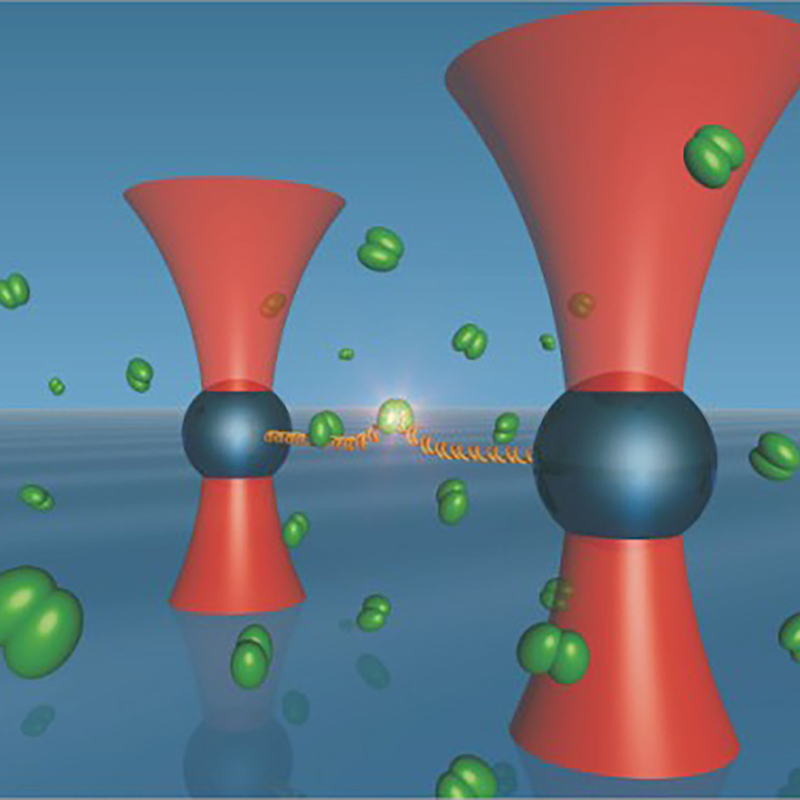Search
Hybrid Structures as a Symbiotic Bond of Art and Science
DOI: 10.17160/josha.3.5.233
INSTITUTION: University of Prishtina, Faculty of Civil Engineering and Architecture, Prishtina, Kosovo. The world continues to expand its development in all possible spheres, and this expanding is in an arithmetic mode of progression, hence, as well the population continues to grow. So, in terms of urban dynamics, sustainable architecture and artistic challenges as presents this phenomenon, we need more environmental and sustainable clear objectives. What are hybrid buildings? What do they present? Currently, the potential for hybrid buildings has taken a real evolutive urban concept, in relation, and as a consequence of economics, lack of open spaces, spatial contemporary concepts with the urban prerequisites has increased the overall value of urban future zones. This paper explores the design concepts of structured hybrid buildings as a creative interdependence between science, art, architecture and human development.
Past, Present and Future of a Successful International Collaboration: An Interview with Prof. Dr. Marta Mollerach
DOI: 10.17160/josha.3.5.232
Prof. Dr. Marta Mollerach is an Associate Professor of Microbiology at the University of Buenos Aires and an Independent Researcher of CONICET. She is currently the Secretary of International Affairs of the School of Pharmacy and Biochemistry and the Executive Academic Director of the International Master Program in Biomedical Sciences (IMBS). In our interview with her, we discussed the past, present and future of the Argentinean-German academic and scientific collaboration and the successful track of the IMBS during the past eight years. This friendly while professional interview gives insight into the potentials of a partnership of this magnitude. We hope you'll enjoy reading this article as much as we enjoyed its writing.
Heritage and Artistic Boon: Valuing Prizren Castle
DOI: 10.17160/josha.3.5.228
INSTITUTION: University of Prishtina, Faculty of Civil Engineering and Architecture, Prishtina, Kosovo. There are a lot of disagreements on whether heritage assets and boon should be valued. A number of national and international accounting standards boards consider that bringing heritage assets on the balance sheet would improve the quality of the information reported. In order to include heritage assets in the balance sheet, it is necessary to understand what they really represent. Hence, conceptually there is much cogitation among professionals about whether heritage assets should be indeed classified as assets, or whether they meet the rationale at all, given that a crucial part of the definition of an asset is that it should provide future wellbeing and benefit to the society. The research methods consist of empirical observation, focusing on the castle campus structure.
JOSHA Table of Contents - Volume 3 Issue 4
DOI: 10.17160/josha.3.4.225
The current issue of the Journal of Science, Humanities and Arts brings us eight novel contributions to the scientific, humanities, and arts fields. In this issue we have included articles about science, health, philosophy, ethics, arts, and even economy. This issue is mainly focused on the interdisciplinary relationship between these diverse fields. We hope that you will enjoy this issue as much as we enjoyed selecting its content for you.
Characterization of the AZF region of the Y chromosome in Native American haplogroup Q
DOI: 10.17160/josha.3.4.219
The Y chromosome is a genomic niche for genes involved in male gamete production. The existence of an azoospermia factor (AZF) in its long arm is a key genetic determinant for spermatogenesis since its deletion is associated with infertility. Deletions in the AZFc region are the most frequent known genetic cause of male infertility. This region contains eight gene families involved in spermatogenesis, including Deleted in Azoospermia (DAZ) and the Chromodomain Protein Y (CDY) genes. AZFc displays significant variation across the male population; nonetheless, the phenotypical consequences of some of these variants remain unclear. Many Y-chromosome geographically differentiated haplogroups have been defined in the human population. However, the information available on the Y chromosome sequence in GenBank belongs only to the European haplogroup R. Recent studies have shown that high mutation rates have driven extensive structural polymorphism among human Y chromosomes.
IMBS Workshop “Science, Ethics and Society” open for registration!
DOI: 10.17160/josha.3.4.217
INSTITUTION: Institut für molekulare Medizin und Zellforschung, Albert-Ludwigs-Universität Freiburg. The International Master in Biomedical Sciences (IMBS) team invites you to the Symposium “Science, Ethics and Arts”. IMBS is a joint Program and collaboration between the Albert Ludwig University Freiburg and the University of Buenos Aires. We annually welcome students from all parts of the world. We warmly invite you to attend the Workshop "Science, Ethics and Arts", which is subject to registration from Monday, October 10 to Thursday, October 13, 2016. This Workshop is an integral part of the two-year Master program in Biomedical Sciences. Lecturers from the Albert Ludwig University Freiburg, the Thales Academy Freiburg, the University of Buenos Aires, FLACSO Buenos Aires, and the National University of Mexico will address topics related to the ethics of human health, science, technology, and research.
IMBS Symposium "Science, Ethics and Arts" open for registration!
DOI: 10.17160/josha.3.4.216
INSTITUTION: Institut für molekulare Medizin und Zellforschung, Albert-Ludwigs-Universität Freiburg. The International Master in Biomedical Sciences (IMBS) team invites you to the Symposium “Science, Ethics and Arts”. IMBS is a joint Program and collaboration between the Albert Ludwig University Freiburg and the University of Buenos Aires. We annually welcome students from all parts of the world. We warmly invite you to attend the Symposium "Science, Ethics and Arts", which is open to the general public on Friday, October 14. Please register at felicitas.holzer@josha-archive.org. The Symposium is preceded by a four-day intense Training Course and Workshop. Speakers from the Albert Ludwig University Freiburg, University of Buenos Aires, FLACSO Buenos Aires, the National University of Mexico, and the National Centre of Tumor Diseases (NCT) Heidelberg will address topics related to the ethics of human health, environment, science, technology, and research.
Trading participation for access to health-care: A morally relevant feature of participation in clinical research
DOI: 10.17160/josha.3.4.214
INSTITUTION: Department of Social Science, Health and Medicine, King’s College, London, UK. The increasing tendency to run clinical trials offshore in low- and middle-income countries (LMICs) has been extensively documented. In parallel, in high-income countries (HICs) as the US, we are witnessing the emergence of new forms of clinical research where un(der)insured fractions of the population are trading access for participation to health-care to which they would otherwise not have access. We first discuss Wertheimer’s analysis of offshored clinical trials as mutually advantageous exploitative transactions. We then argue that to make sense of what is morally problematic with the offshoring of clinical research it is necessary to broaden the ethical analysis, as there are different kinds of moral wrongs that can be linked to exploitation.
JOSHA - Table of Contents Volume 3 Issue 3
DOI: 10.17160/josha.3.3.199
The current issue of the Journal of Science, Humanities and Arts brings us seven novel contributions to the scientific, humanities, and arts fields. In this issue we have published two master theses in the field of biomolecular sciences, the collaboration between arts and science, the story of Wiktor Feliks Szokalski ‘The Father of Ophthalmology in Poland’, bioinformatic studies on a buffalo prolactin-derived anti-angiogenic peptide, an interview with Michael Röckner, and the paintings of Karin Lotzwi.
Assembly and disassembly of Rad51 filaments on single-stranded DNA: A novel assay to study the dynamics of protein-ssDNA interactions at the single-molecule level
DOI: 10.17160/josha.3.3.198
Eukaryotic recombinase protein Rad51 is the key player in homologous recombination, an essential DNA repair mechanism used for the repair of double-strand breaks. Double-strand breaks can lead to chromosome fragmentation and are particularly hazardous during and shortly after DNA replication. The mechanism of homologous recombination is highly conserved between species and recombinase proteins are expressed in a wide range of prokaryotic and eukaryotic cells. The primary event in homologous recombination is the formation of a helical nucleoprotein filament on single- stranded DNA overhangs around double-strand breaks. The nucleoprotein filament mediates all subsequent steps of homologous recombination and is capable of performing strand exchange reactions unassisted in vitro. Dynamic assembly and disassembly interactions between the nucleoprotein filament and its DNA substrate are essential for strand exchange.
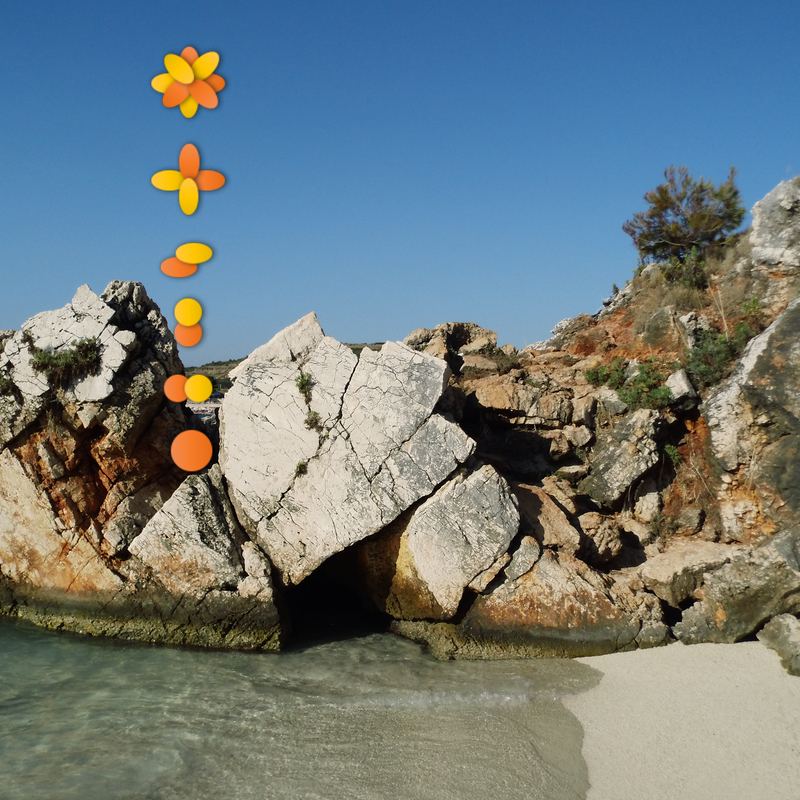
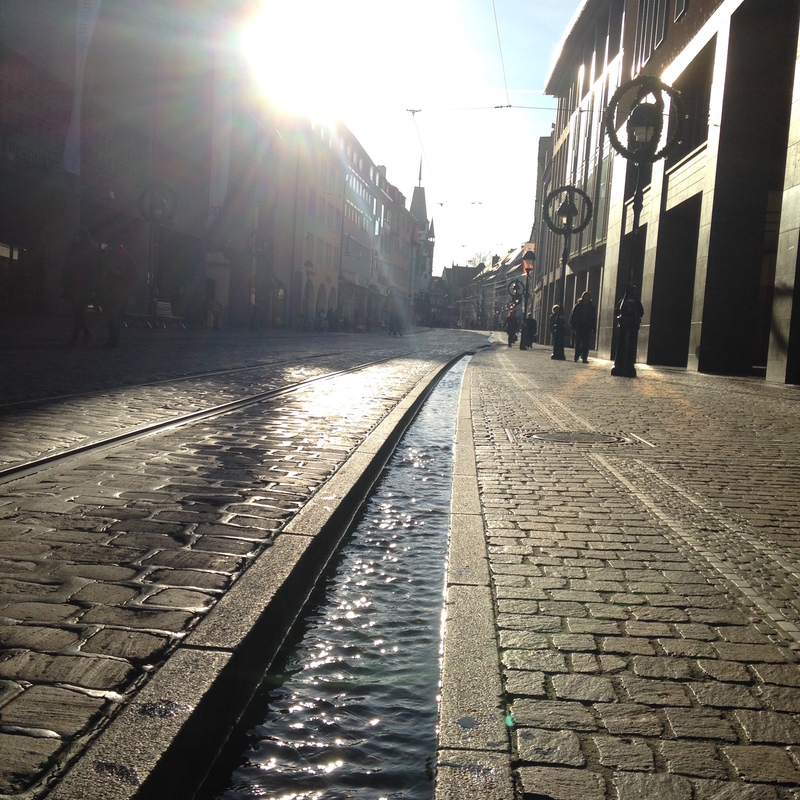
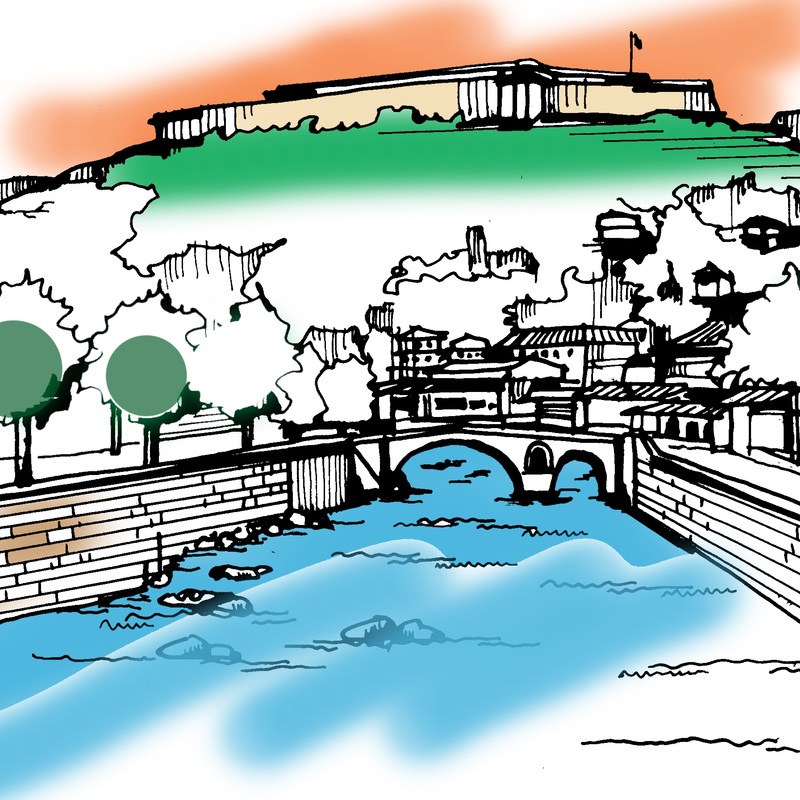
.jpg?1473626649)
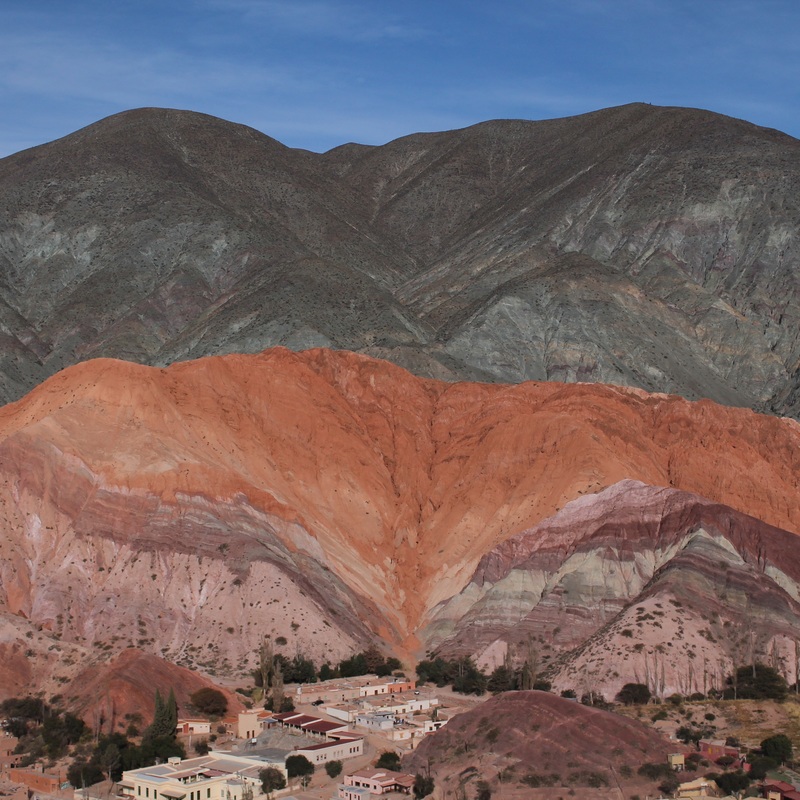
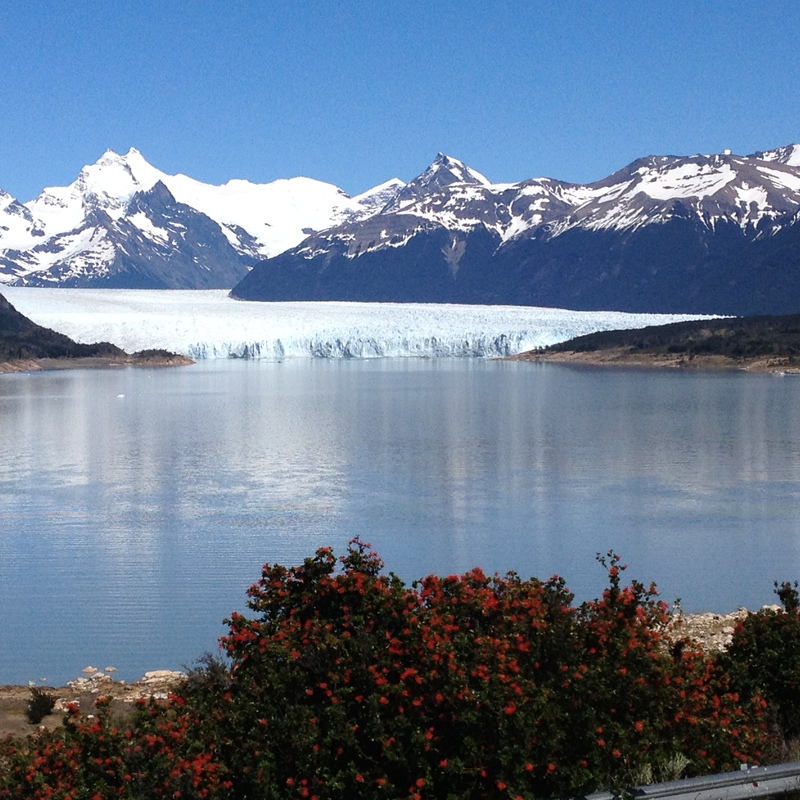
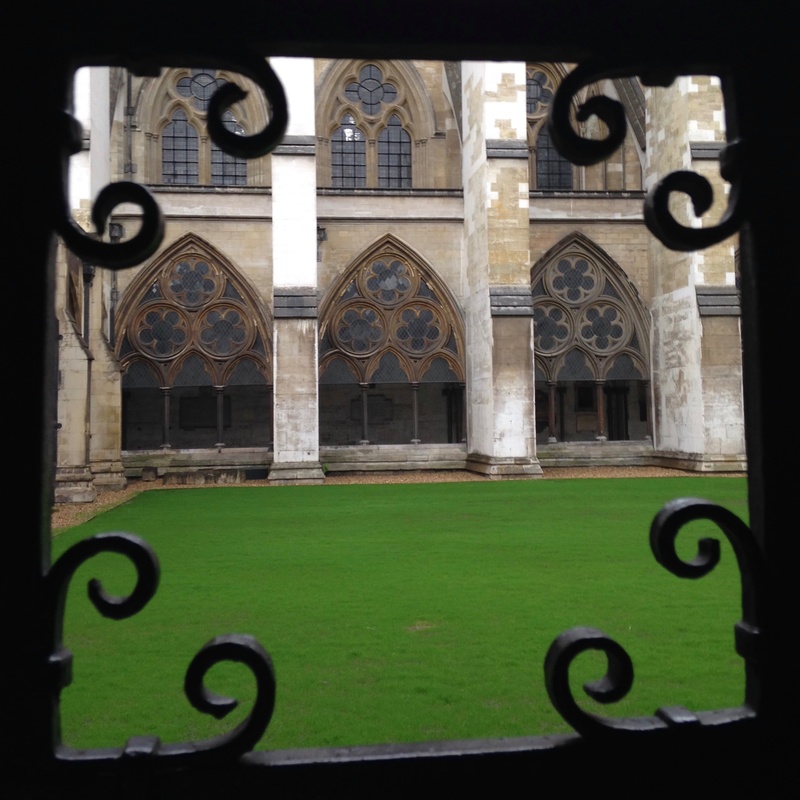

.jpg?1468359560)
